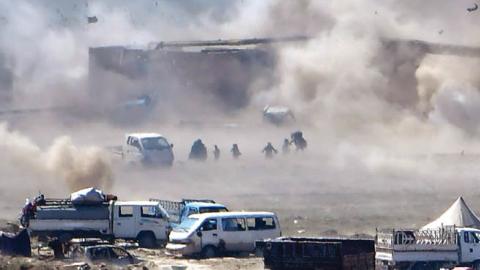Presidents Obama, Trump and now Biden have all vowed to reduce the amount of attention the America pays to the Middle East, but events keep frustrating that goal. Last week the Biden administration launched two carefully calibrated strikes in the region: a military strike against a Syrian border post used by Iran-linked militias that are said to be involved in recent attacks on U.S. personnel in Iraq, and a political strike against Saudi Arabia involving the release of a Central Intelligence Agency assessment linking Crown Prince Mohammad bin Salman to the murder of Jamal Khashoggi. American anti-Iran hawks seemed cautiously satisfied; anti-Saudi hawks wanted a harsher and more personal condemnation of the crown prince.
The White House’s messages to Iran and to the Saudis at this point seem eerily similar. The administration is signaling that it is willing to engage but unwilling to let either dictate the terms of engagement. The hard truth is that Middle Eastern countries don’t have as much ability to influence U.S. behavior as they used to.
The region is by no means irrelevant to world politics, but thanks to fracking, improved energy efficiency and new production (renewable and otherwise) around the world, Middle Eastern energy power isn’t what it was. Even as oil prices fluctuate, they are likely to do so in a lower band than they would have absent new production. This means the relative economic importance of Middle Eastern countries will decline over time.
Read the full article in the Wall Street Journal

















